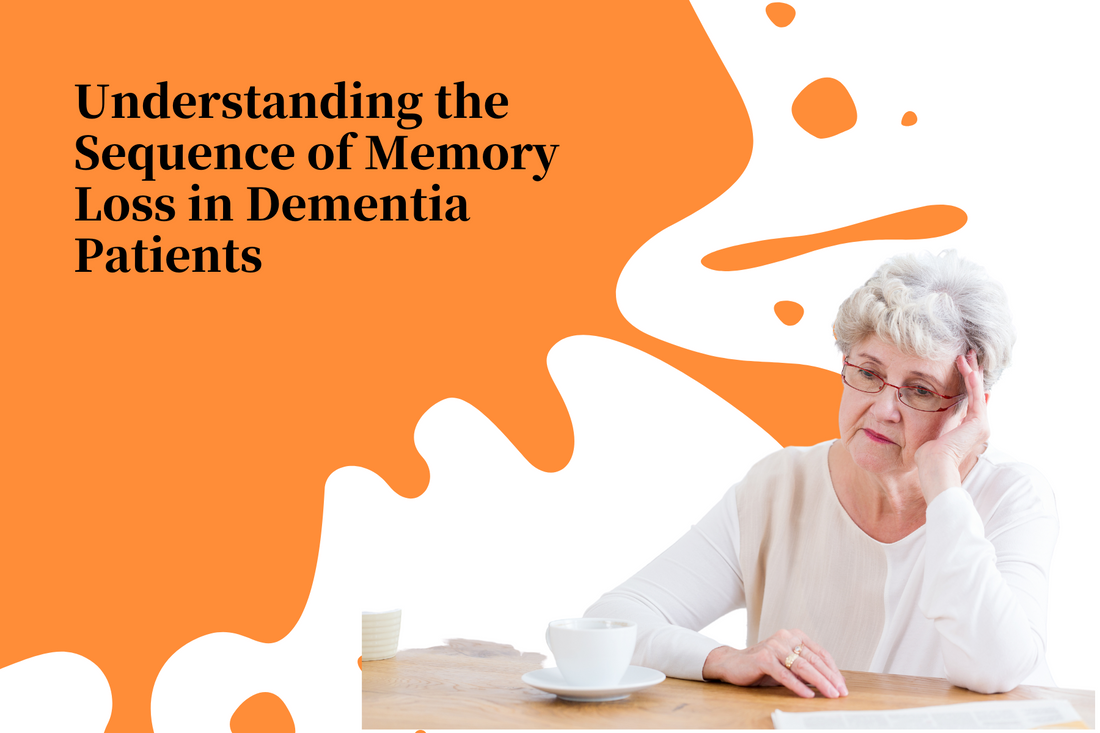Understanding the Sequence of Memory Loss in Dementia Patients
Dementia patients experience a specific sequence of memory loss, which can help families better understand their loved ones' perspective. Memory damage in dementia follows a particular order, with memories acquired later in life being forgotten first. However, childhood memories tend to remain intact. This sequence is related to the classification of memory into explicit and implicit memory.
Explicit memory includes episodic and semantic memory. Episodic memory allows us to recall recent events, while semantic memory refers to general knowledge. In dementia, these memories are affected early on, causing difficulties in remembering recent encounters and facts. Implicit memory, on the other hand, encompasses procedural learning, emotional memories, and sensory associations, which are retained for a longer period. For example, skills acquired earlier in life, emotional experiences, and sensory memories can persist until the middle and late stages of dementia.
Rehabilitation approaches such as music therapy and reminiscence therapy utilize stimuli like music, smells, and photos from the past to stimulate the memories of dementia patients. This can help alleviate symptoms and engage the brain. Additionally, certain medications aim to stimulate the brain in the later stages of dementia.
Understanding the order of memory loss in dementia can aid in developing effective strategies for supporting individuals with dementia and improving their quality of life.


